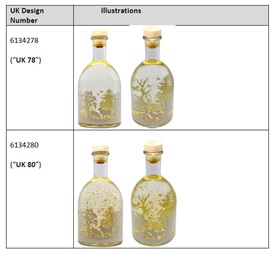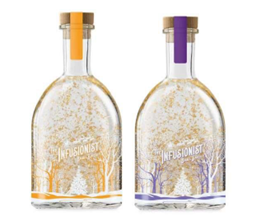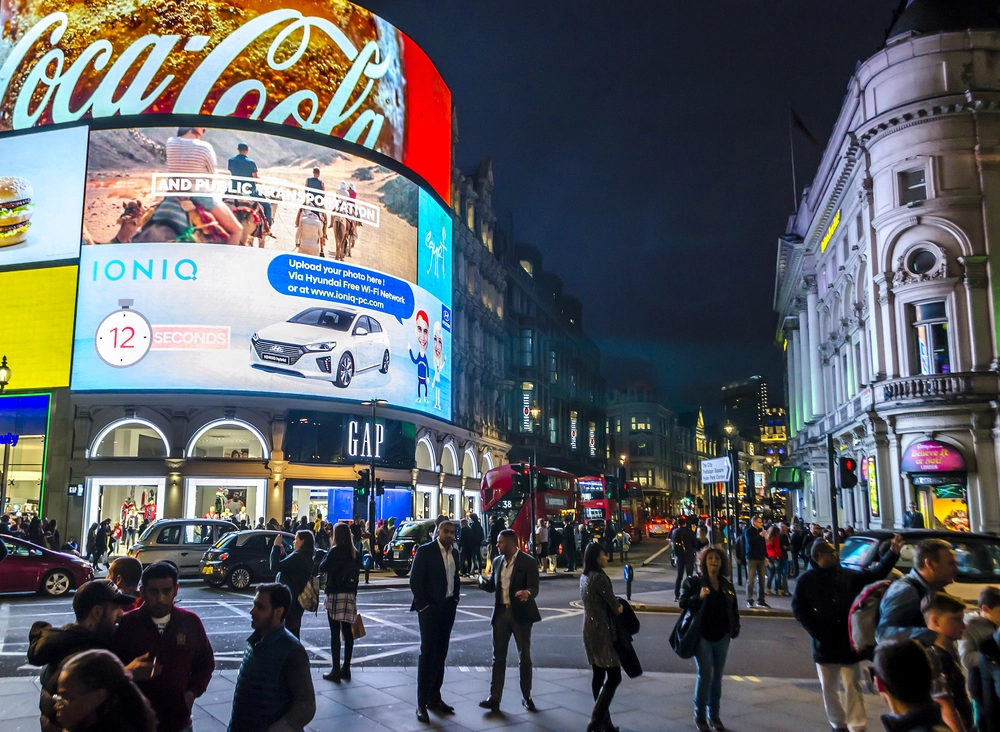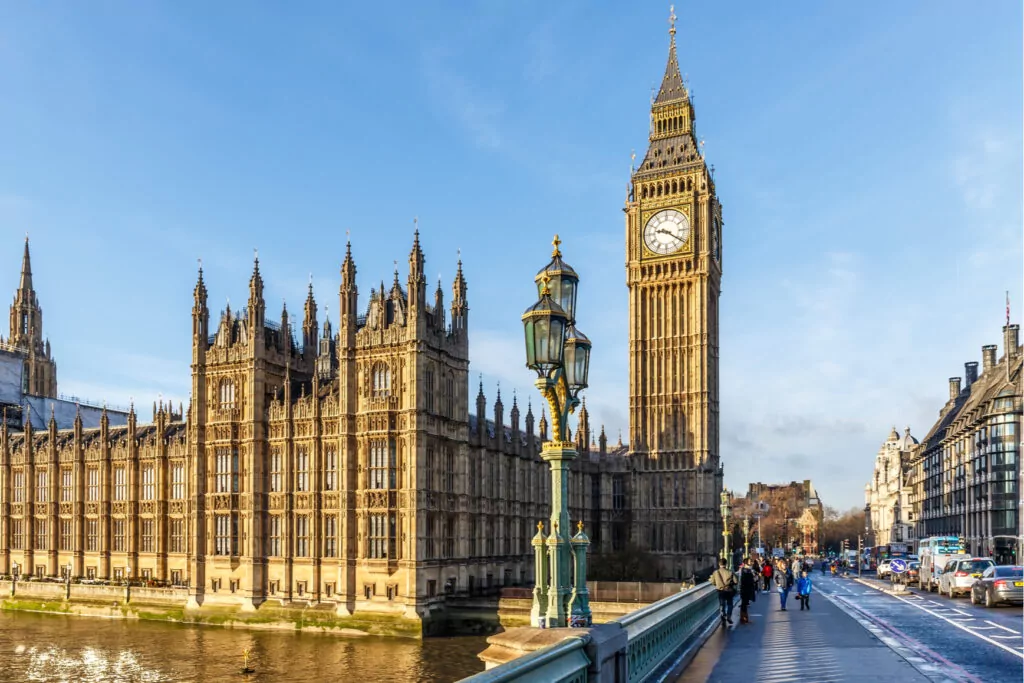The "groundwork"
A design infringes a registration if it does not produce on the informed user a different overall impression to the registration. However, such a process takes groundwork in that various factors must be established before the overall assessment can take place. These are broadly:
- The sector in which the design or the products incorporating the design apply
- The informed user
- The freedom of the designer
These factors (together with one or two others) create the overall impression produced by the designs on the informed user, who will have in mind any earlier design which has been made available to the public (i.e. the “design corpus”).
The Court highlighted that identifying the relevant sector is an objective assessment. Irrespective of M&S submitting that it targeted the Christmas liqueur sector, the Court held the relevant sector as the UK spirit and liqueur sector generally, with the informed user being the consumer (rather than the supermarket buyer) who uses the products at home (no judgement here!).
As regards the freedom of design, M&S provided evidence in relation to the journey of the shape of the “botanics” bottle and identified two design constraints being that:
- The neck of the bottle had to be sufficiently wide enough to inject the gin liqueur containing edible gold leaf
- The bottle had to have straight sides in part because they provided a better surface for a design to be created on the glass
Aldi sought to add further design constraints, namely it was only possible to create a snow effect using flakes made of gold and, further, that it was costly to use more than two colours to create the design on the bottle.
The Court accepted that if a snow effect was used, it had to be made of gold flakes and that the bottle opening had to be wide enough to accommodate the liqueur containing the gold flakes. Also, that it was simpler to have a design printed on the side of the bottle if it was straight.
However, the Court considered that the designer had considerable freedom, particularly regarding the bottle shape and the design ultimately printed on it. The Court also considered that there was no design constraint requiring the gin to be illuminated – illumination was a choice.



















